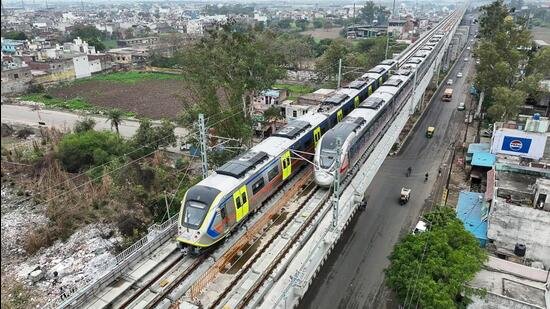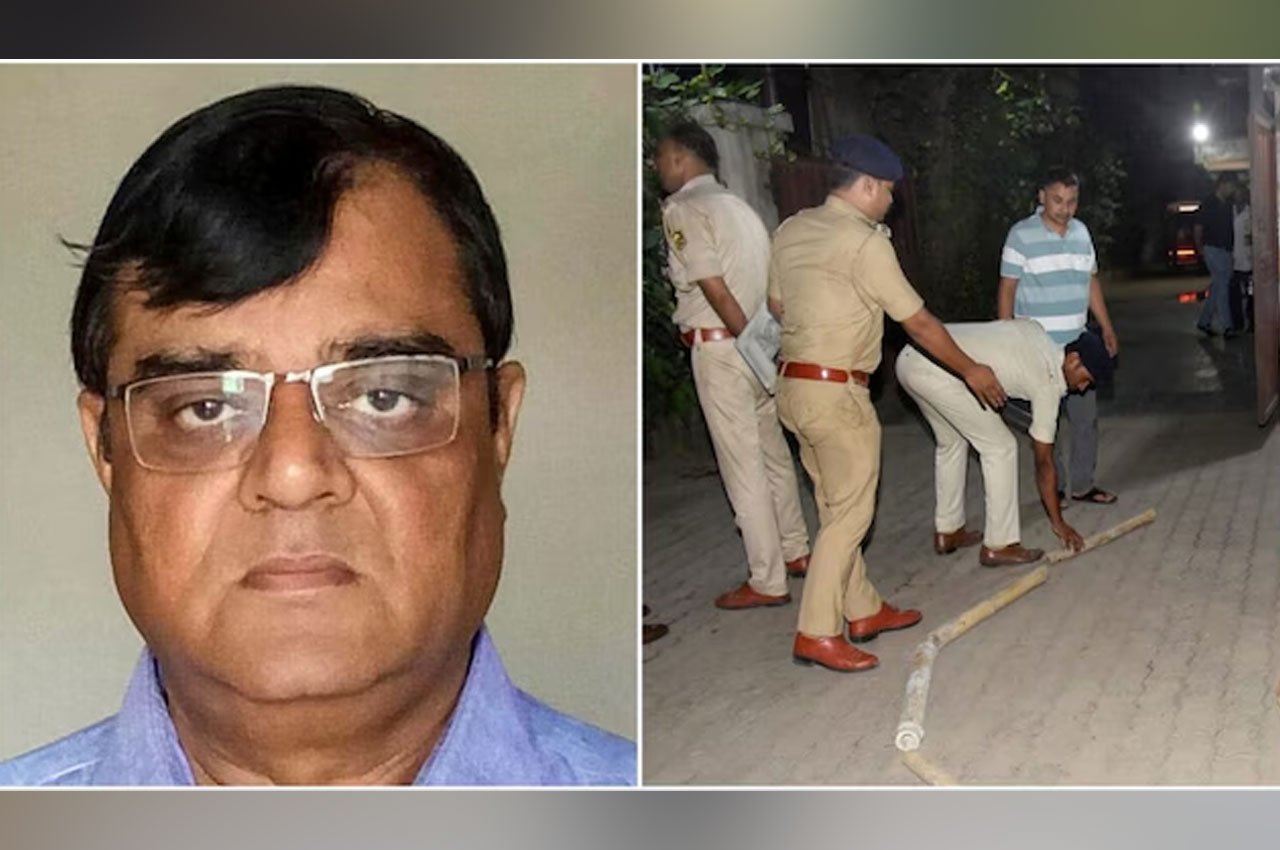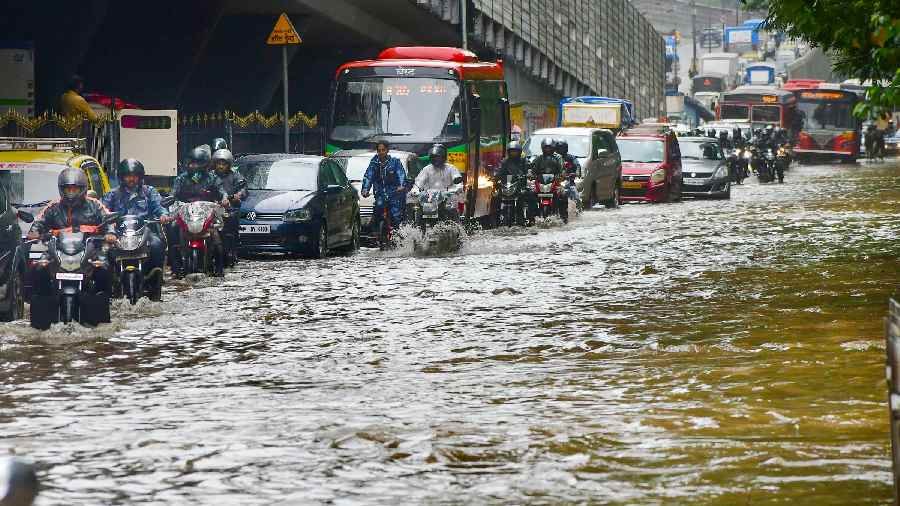Photo Credit: Hindustan Times
In a major breakthrough for India’s regional transport infrastructure, the National Capital Region Transport Corporation (NCRTC) successfully conducted a full-length trial of the RRTS train from Delhi to Meerut. The trial is a critical milestone toward the commercial launch of the high-speed corridor that promises to revolutionize intercity travel in the National Capital Region (NCR).
The full-length RRTS train trial, which began from Delhi’s Sarai Kale Khan and ended at Modipuram in Meerut, demonstrated the system’s readiness to deliver fast, safe, and efficient regional mobility. The 82-kilometre corridor was covered in less than an hour, meeting both speed and safety benchmarks set by NCRTC.
Full-Length Trial Validates System Efficiency
The RRTS trial was conducted using the Namo Bharat trains, India’s first regional rapid transit system fleet, capable of reaching speeds up to 160 km/h. The trial covered all operational systems, including the European-standard ETCS Level 3 signalling, advanced braking systems, and passenger information modules.
During the trial run, the RRTS train stopped at all designated stations along the corridor, ensuring timetable compliance and validating operational protocols. NCRTC officials described the test as successful, adding that it demonstrates the corridor’s capability to offer sub-one-hour travel between Delhi and Meerut on a consistent basis.
Seamless Integration of Delhi–Meerut Transit Systems
An important aspect of the Delhi–Meerut RRTS trial was the validation of integrated operations between the RRTS and the Meerut Metro system. For the first time in India, two distinct transit modes—the regional rapid train and a local metro—will operate on the same infrastructure.
This integration is designed to provide seamless connectivity for passengers within Meerut city and to Delhi, Ghaziabad, and beyond. Once fully operational, this unique arrangement will allow passengers to switch between long-distance and local services without changing stations or platforms.
Existing Operational Stretch and Future Plans
As of now, a 34-km section between Sahibabad and Modi Nagar North in the Ghaziabad–Meerut belt is operational, covering stations like Duhai, Muradnagar, and Meerut South. The Delhi segment—from Sarai Kale Khan to New Ashok Nagar—and the final stretch within Meerut, including the Modipuram terminal, are under final stages of civil and system integration.
NCRTC has stated that the remaining stretches will be completed soon, following which the corridor will be opened to the public in a phased manner. Once launched, it will become India’s first fully operational RRTS corridor, setting the template for similar high-speed regional corridors like Delhi–Alwar and Delhi–Panipat.
Urban Decongestion and Economic Boost Expected
The Delhi–Meerut RRTS corridor is expected to have a transformative impact on the region’s economy, mobility, and real estate. By reducing travel time to less than an hour, it will make daily commutes viable for professionals living in Meerut or Ghaziabad and working in Delhi or Noida. This will likely ease pressure on Delhi’s overcrowded roads and metro system.
Real estate experts believe the improved connectivity will unlock new growth corridors along the RRTS route, encouraging both residential and commercial development. Additionally, faster commute options could improve workforce mobility and access to education and healthcare services across the NCR.
Safety and Technology at Global Standards
The RRTS project incorporates several global-standard safety features. The ETCS Level 3 signalling system, used for the first time in India, allows real-time train tracking and minimizes headway, making high-frequency service possible. Platform screen doors are installed at all stations to enhance passenger safety and energy efficiency.
Each Namo Bharat train is equipped with modern passenger amenities including onboard Wi-Fi, charging ports, and ergonomically designed seating. The trains also support universal accessibility and are built with sustainability in mind, using regenerative braking and lightweight materials.
What’s Next for Delhi–Meerut RRTS
Following the successful full-length trial of the RRTS train from Delhi to Meerut, NCRTC will now focus on fine-tuning system operations and completing the remaining infrastructure work. Regulatory approvals and safety certifications will follow, paving the way for the official commercial launch.
Officials have hinted that the corridor could be fully operational later this year. With its combination of speed, safety, and convenience, the Delhi–Meerut RRTS is poised to become a landmark achievement in India’s public transportation history.




